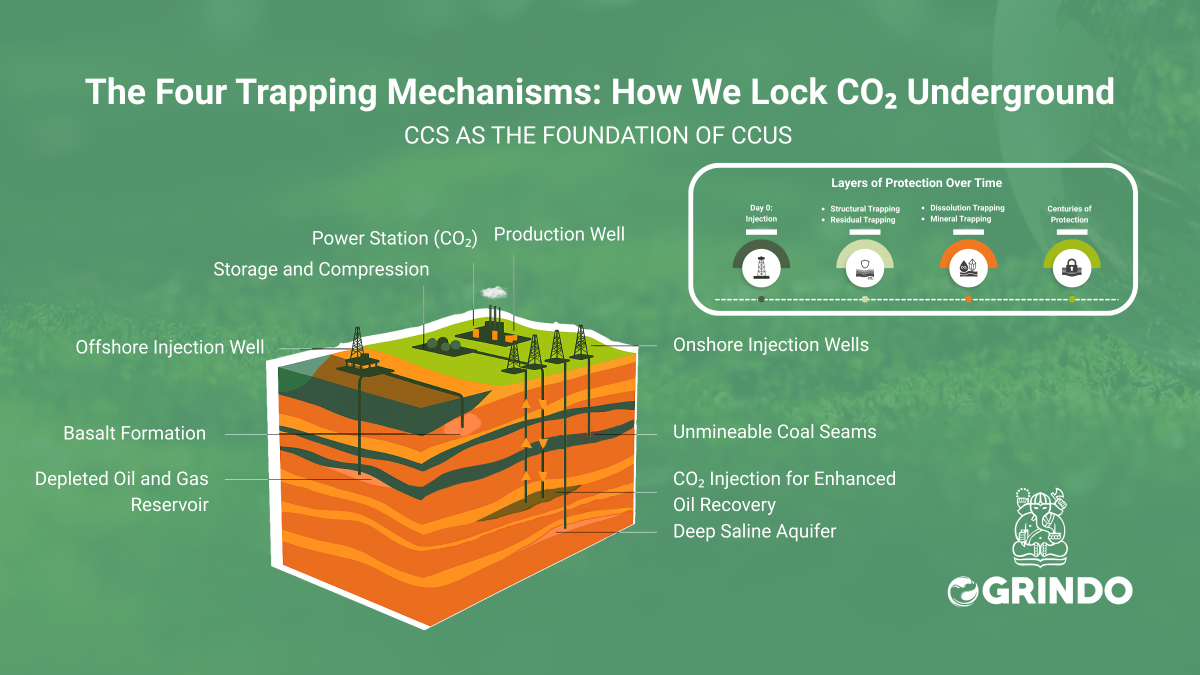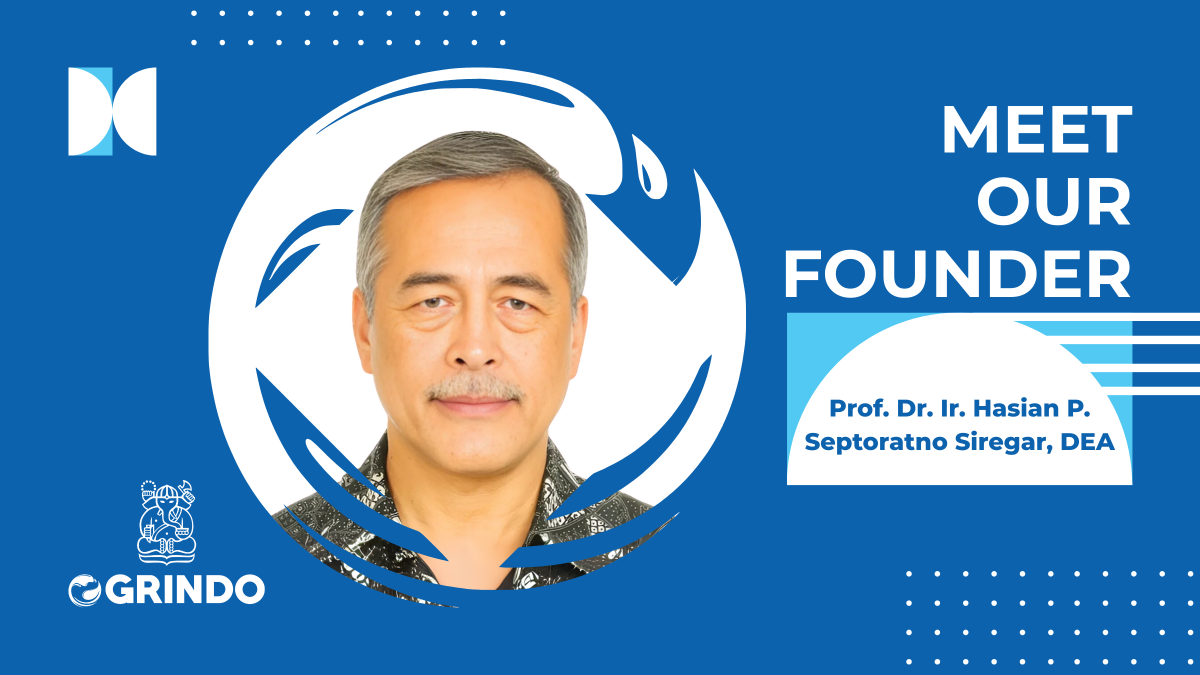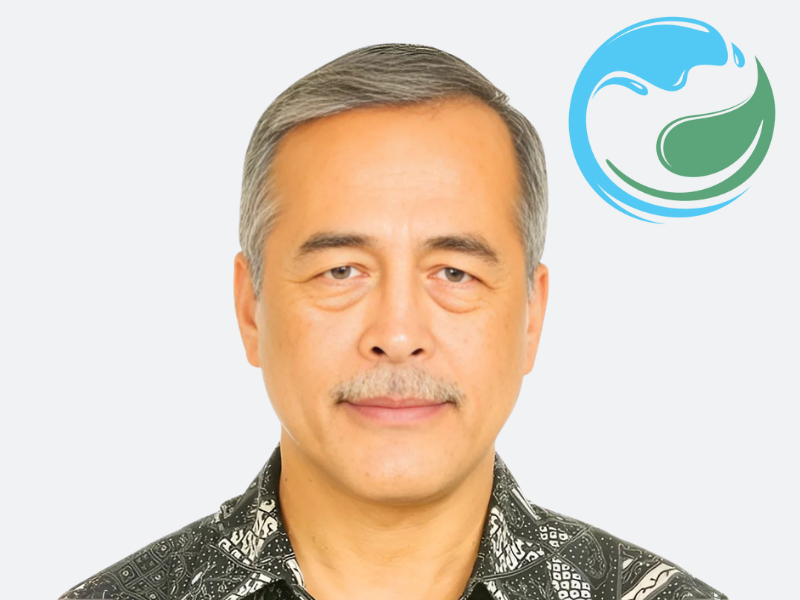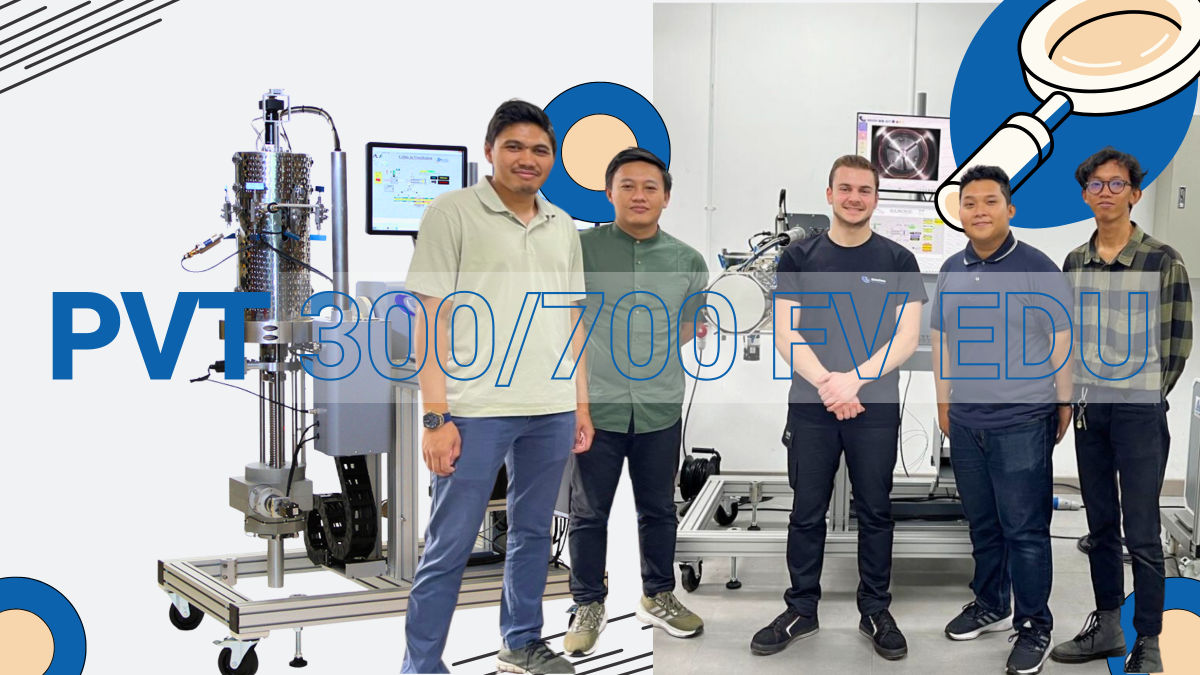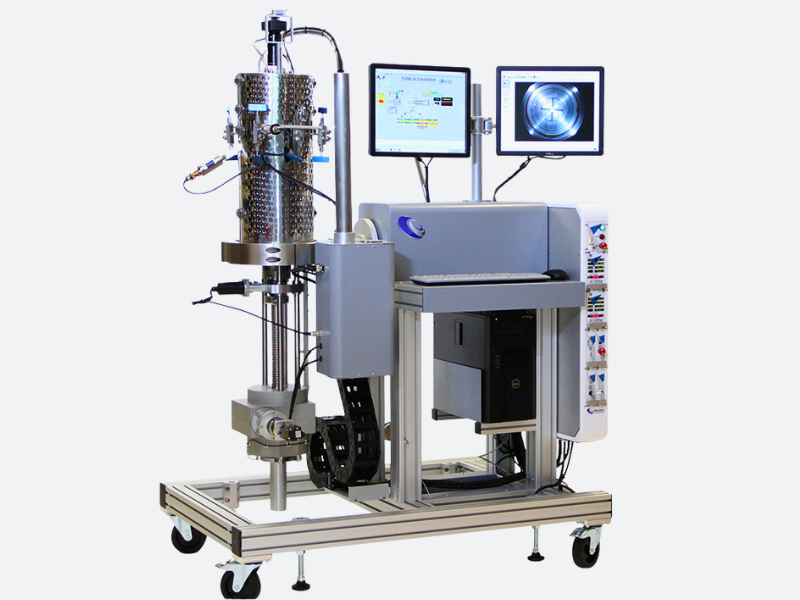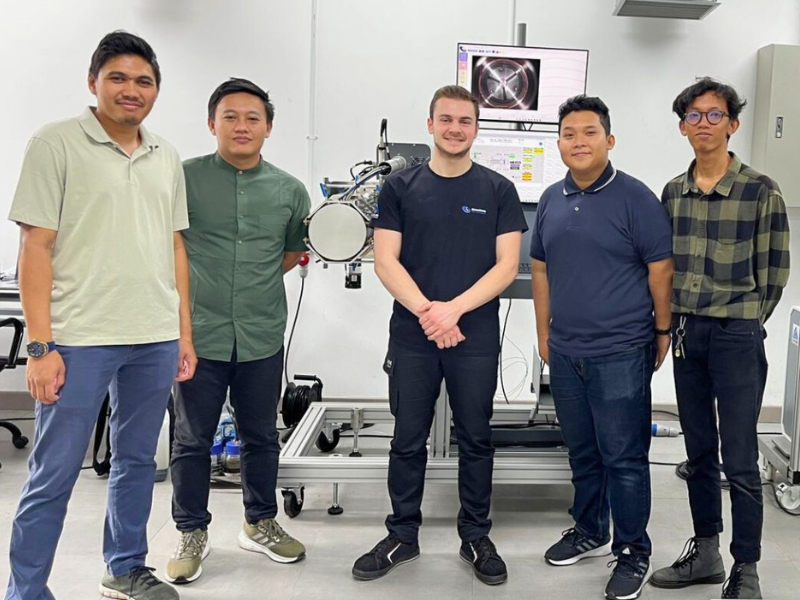Climate change caused by the increasing CO₂ emissions is a major challenge we face today. To prevent its impact, Carbon Capture and Storage (CCS) emerges as a proven safe solution to store CO₂ deep underground. CCS not only prevents emissions from reaching the atmosphere, but also becomes an essential foundation of Carbon Capture, Utilization, and Storage (CCUS)—a pathway that allows CO₂ emissions to be transformed into valuable opportunities.
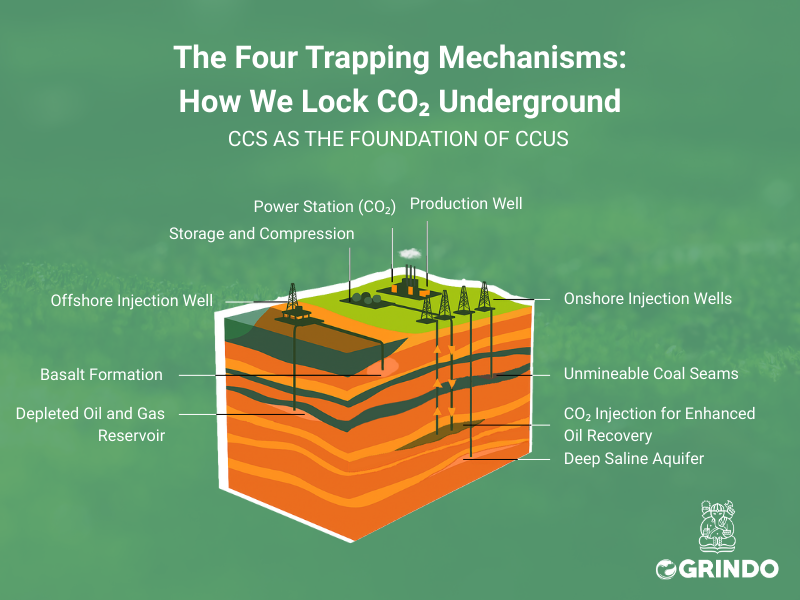
Four CO₂ Trapping Mechanisms
The long-term security of CO₂ storage is ensured by four natural mechanisms that complement each other over time:
- Structural Trapping
CO₂ that moves upward due to density differences will be stopped by the caprock. Since gas density tends to be smaller than oil and water, CO₂ gas will gradually move in a vertical direction. To ensure CO₂ remains trapped within the formation, caprock yang cukup reliable, with extremely low permeability and wettability that favors strong water wet conditions. - Residual Trapping
A portion of CO₂ is trapped within the rock pores as small immobile bubbles. This mechanism provides long-term storage stability. - Dissolution Trapping
CO₂ dissolves into formation water and forms a carbonate solution with a density heavier than the other fluids present in the formation, thus tending to sink downward and reducing the risk of CO₂ leakage. - Mineral Trapping
Dissolved CO₂ reacts with rock minerals (Ca, Mg, Fe) and forms solid carbonate minerals such as calcite or magnesite. This is the most permanent form of storage because CO₂ transforms into new stable rock over thousands of years.
These mechanisms work in layers: structural and residual provide immediate protection, while dissolution and mineral ensure long-term security. Together, they create a multi-layered line of defense that guarantees CO₂ remains safely stored for centuries.
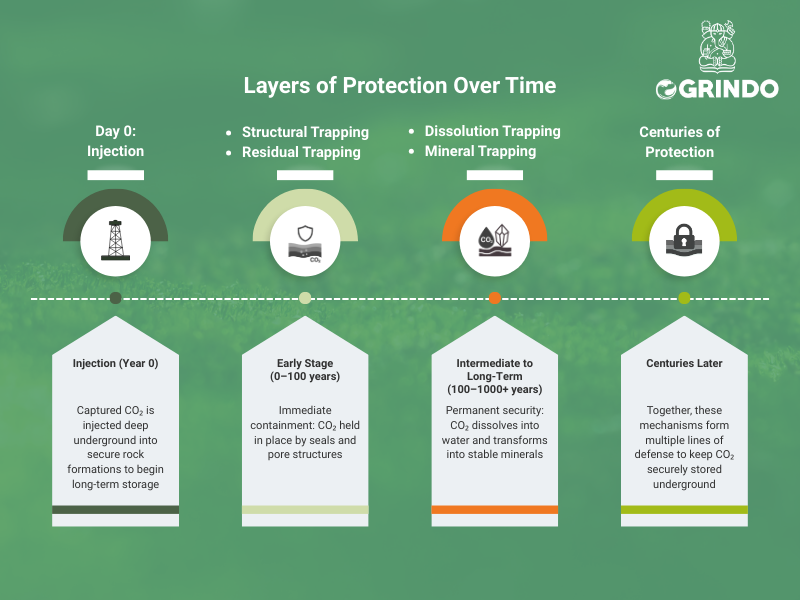
CCS as the Foundation of CCUS
Understanding these four mechanisms helps us see that CCS is a crucial first step in the journey toward CCUS. Without secure storage, it is difficult to develop large-scale CO₂ utilization. Through CCS, CO₂ is not only safely stored underground, but also opens opportunities for reuse—for example in Enhanced Oil Recovery (EOR) as part of the CCUS solution.
🌱 This Is Just the First Step
In the next episode, we will discuss how CCUS transforms CO₂ from a burden into a valuable resource, driving industrial innovation and accelerating the transition to cleaner energy.
✨ Keep following our article series, and be part of the journey toward a low-carbon future.
📩 Contact us: info@ogrindoitb.com
🌐 Learn more: www.ogrindoitb.com
Reference:
IPCC, 2005: IPCC Special Report on Carbon Dioxide Capture and Storage. Prepared by Working Group III of the Intergovernmental Panel on Climate Change [Metz, B., Davidson, O., de Coninck, H.C., Loos, M., and Meyer, L.A. (eds.)]. Cambridge University Press, Cambridge, United Kingdom and New York, NY, USA, 442 pp.


